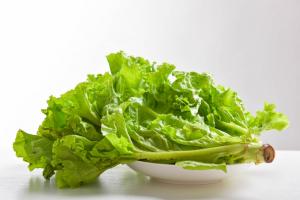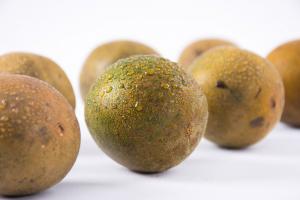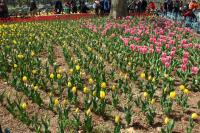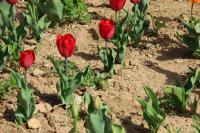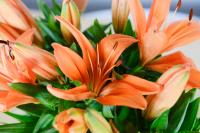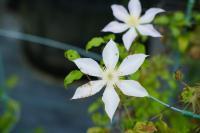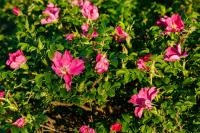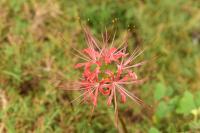1、 Shape features
Camellia flowers are large and grow at the top of branches. There are 6-7 petals, which are relatively close to round, mostly bright red. Its leaves are leathery, oval and oval in shape, with serrated edges. The front of the leaf is dark green, shiny, and the back is light.
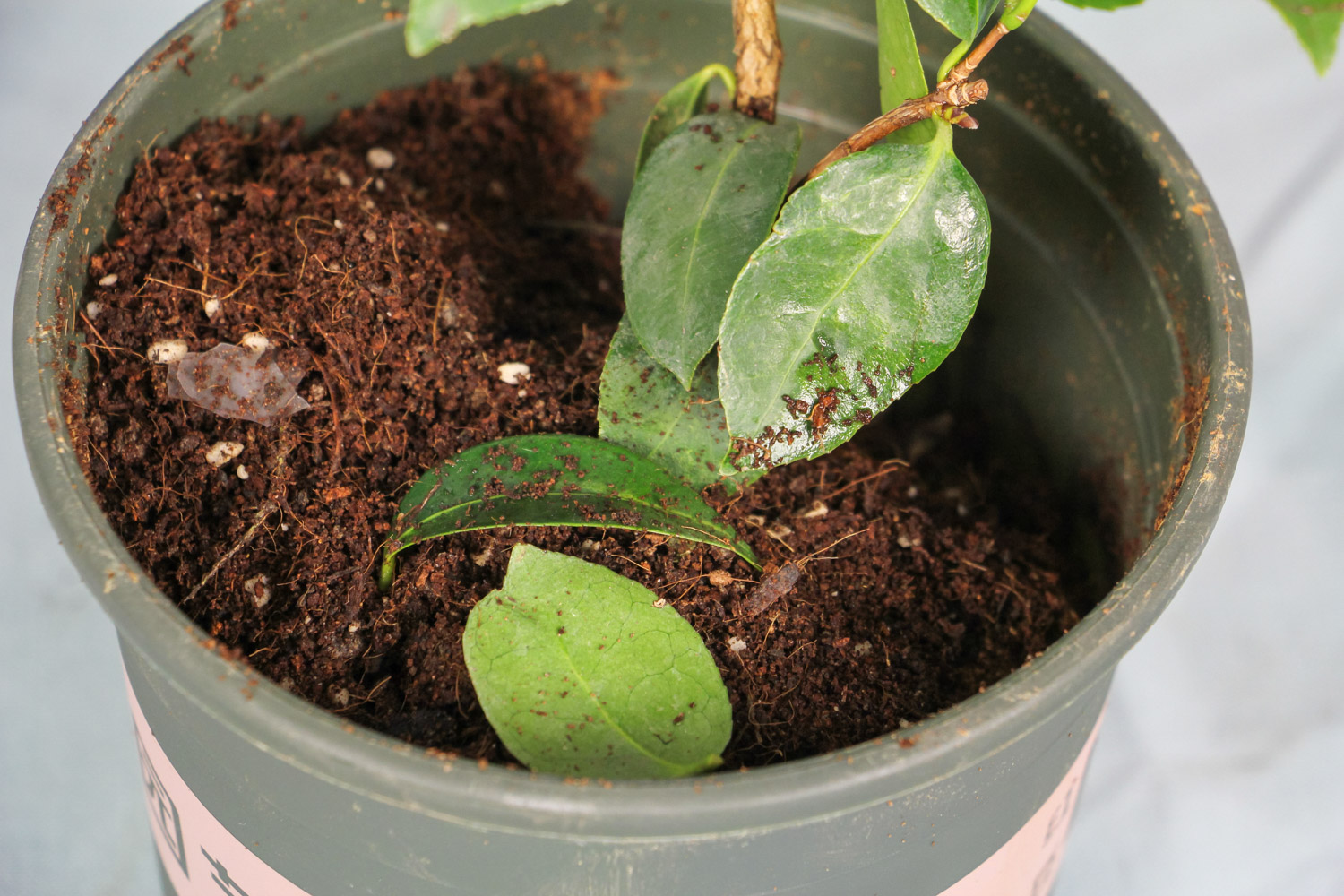
2、 Growth habit
Camellia is widely distributed in the south of China and prefers a humid and warm climate. It should not be cultured in a dry environment. At the same time, too high temperature will inhibit its growth. Avoid direct sunlight in summer to avoid burning leaves.
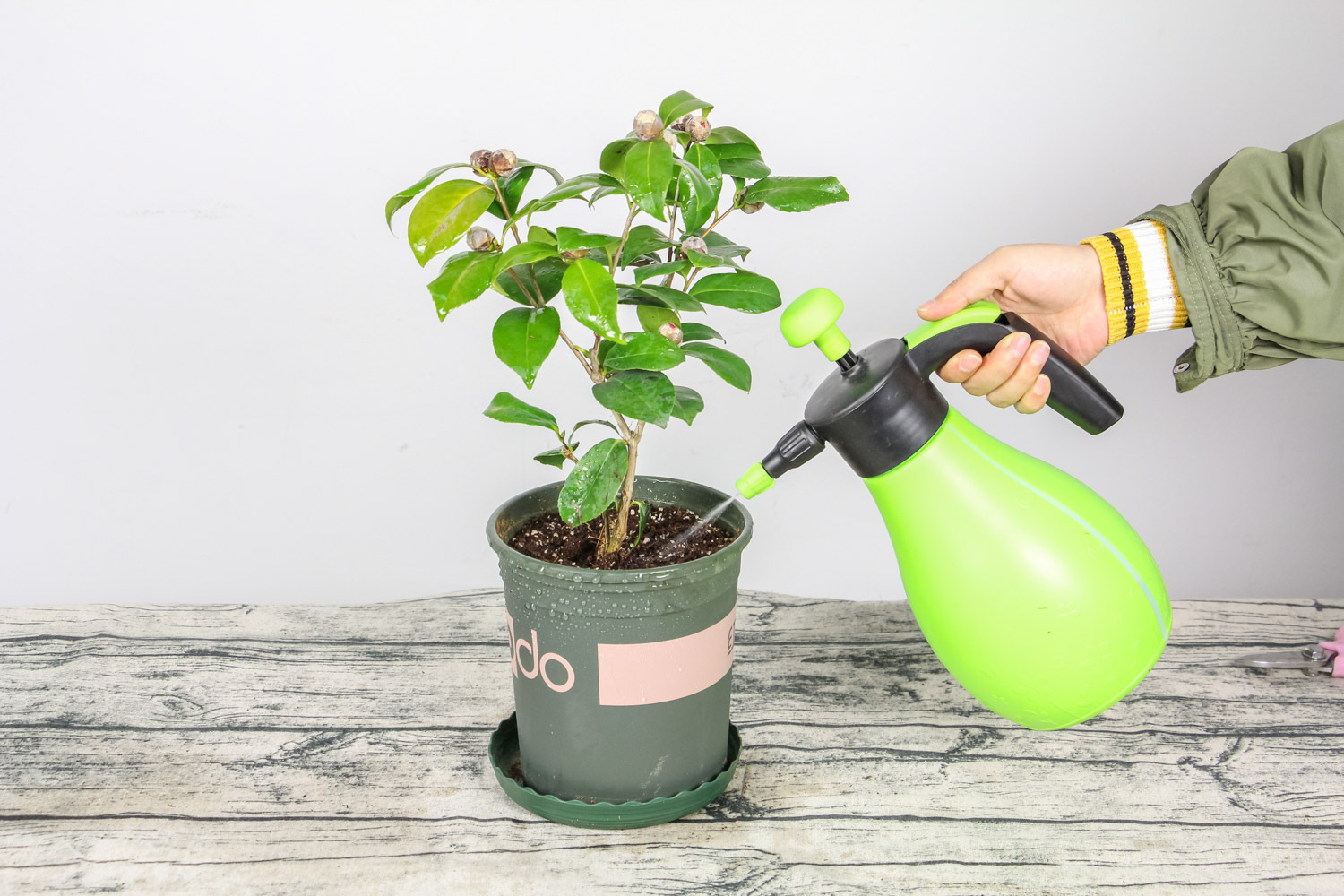
3、 Variety classification
There are many varieties of Camellia in China, about more than 300 varieties, which have been cultivated since the Three Kingdoms period. According to the flower type, it can be divided into single valve type, double valve type and double valve type. Among them, the petals of single petals are about 5-7, with 1-2 rounds. The compound valve is between 20-50 pieces, with 3-5 rounds. The number of double petals is more than 50, and the number of rounds can reach 18-20.
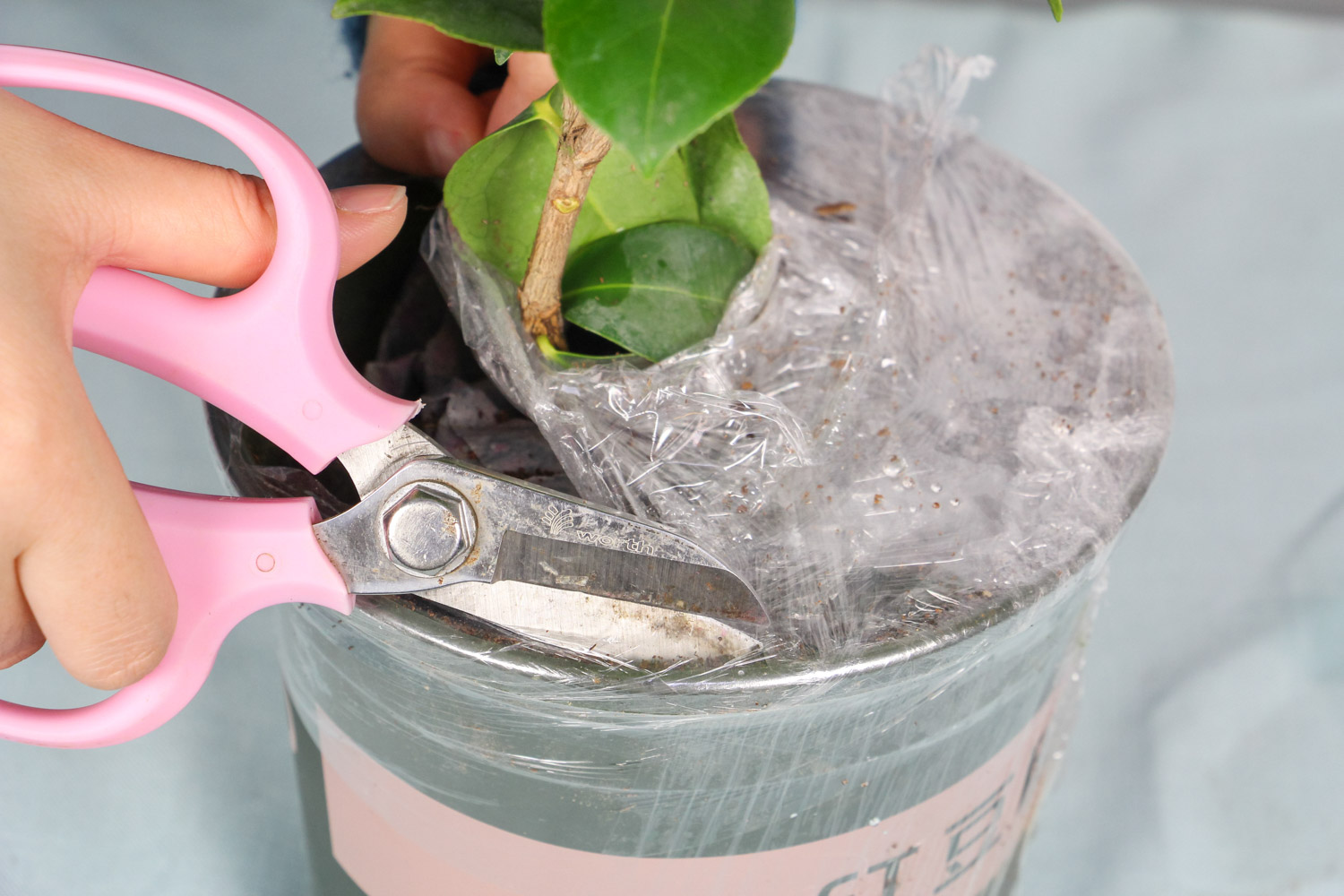
4、 Daily maintenance
Provide sufficient light every day, but shade appropriately in summer. The temperature is controlled between 18-25 ℃, and the flowering period is about 10-20 ℃. The water after acidification treatment shall be used for irrigation. Do not pour too much and do not dry for a long time. According to the seasonal variation of fertilization, thin fertilizer and water shall be applied once every 17 days in spring, more phosphorus and potassium fertilizer shall be applied in summer, and liquid fertilizer shall be applied once a week in autumn and winter.

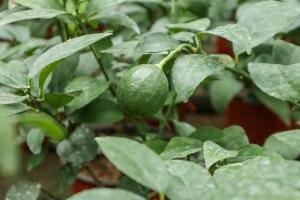 The efficacy and fun...
The efficacy and fun...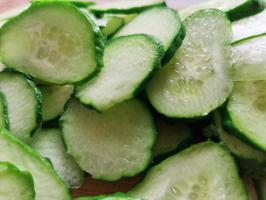 The efficacy and fun...
The efficacy and fun...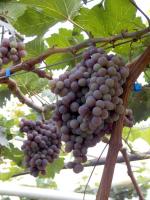 The benefits of eati...
The benefits of eati...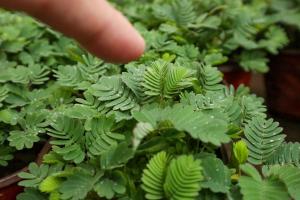 Why is Mimosa called...
Why is Mimosa called...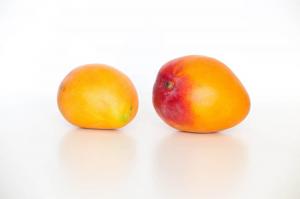 What can't mango be ...
What can't mango be ...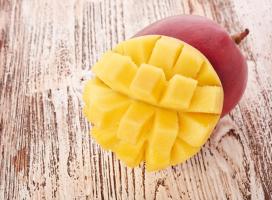 The efficacy and fun...
The efficacy and fun...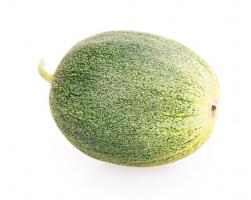 Is watermelon a frui...
Is watermelon a frui...



